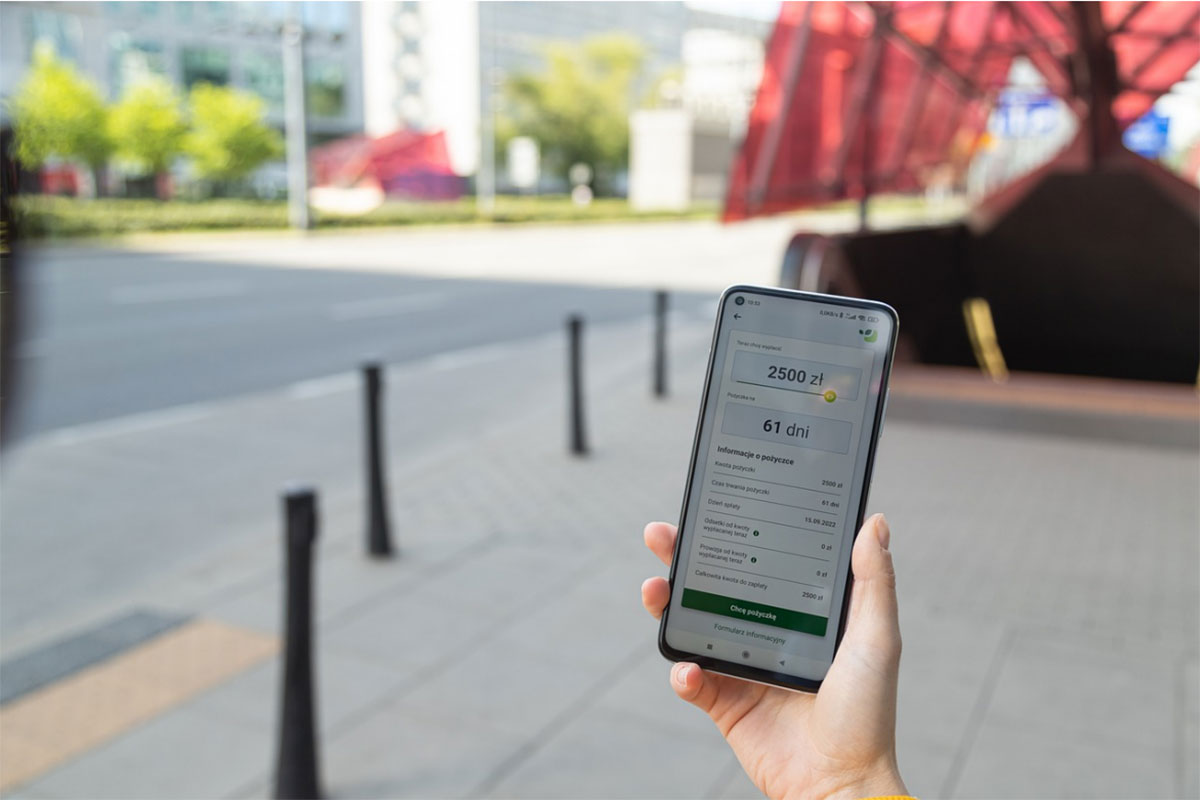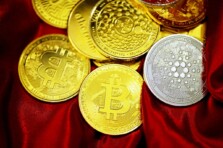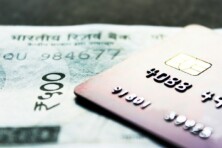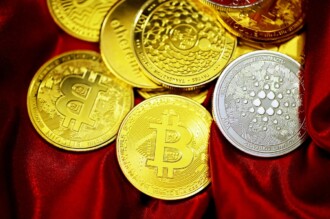Fintech is helping narrow the economic gap by making it easier and cheaper for individuals and small businesses with bad credit to get their hands on the funding they need.

In disrupting the financial sector, financial technology is reducing the divide between the well-off and the less well-off. The fintech industry as we know it today emerged in the late 1990s and early 2000s developing from the growth of electronic banking in the 1970s and 1980s.
It has further evolved with the concept of peer-to-peer (P2P) lending – also known as crowd lending or social lending. This has made bad-credit loans more accessible and more affordable. P2P online and app-based lending marketplaces have been growing rapidly, competing with established financial institutions by offering borrowers more funding on better terms. This has given a lifeline to people and businesses who’re unable to get financing from mainstream lenders who regard them as too much of a risk.
By democratising finance, P2P lending has global appeal because economic equality is a worldwide problem, with a tiny percentage owning and controlling most of the wealth. According to Development Initiatives (DI), a global data- and evidence-based organisation striving to end poverty and reduce inequality, the poorest 50 percent of the global population share only eight percent of total income. At the other end of the scale, 50 percent of income is divided between the wealthiest 10 percent. The result: huge wealth coexisting alongside dire poverty in many societies.
Wealth inequality has escalated since the Covid-19 pandemic, particularly in developing countries such as South Africa, Namibia on the south-west coast of Africa., Zambia in central southern Africa, and Suriname in South America. However, the economic gap is still significant in some developed countries, including the USA and Russia. In contrast, Ukraine and Belgium have the smallest economic gaps.
While wealth inequality is inevitable to some extent in market-based economies, if the economic gap is too wide it can result in reduced economic growth, and individuals, families, and businesses with bad credit as they’re forced to overstretch their finances.
Bad credit usually refers to a poor credit score. Credit ratings are based on credit history data compiled and frequently updated by credit reference agencies (CRAs) like TransUnion, Experian, and Equifax.
Traditional lenders see a low credit rating as a red flag when considering loan applications. They’re reluctant to lend money to those with past financial difficulties such as missing loan payments, making late payments, or running up a sizable credit card balance. You can also get a poor credit score if you have no credit history. This can happen, for example, if you choose to make payments in cash or with a debit card.
Getting a loan or credit has been historically difficult for those with bad credit, but fintech is reversing that trend with advanced technology such as AI (artificial intelligence) and big data, which automate and streamline use and delivery of financial services.
P2P lenders may consider credit scores to some extent when evaluating loan applications, but they also take into account income, debt-to-income ratio, loan purpose, and employment history. P2P lending platforms and apps cut the middleman out of the borrowing process by matching borrowers directly to lenders. This facilitates less costly and faster loans.
Some peer-to-peer lending systems operate in markets where credit agencies are limited or don’t exist. Instead of credit history and credit scores, they rely on underwriting models that use machine learning to analyse past transactions and other seemingly unrelated data.
Here are a couple of examples of P2P lending websites. Prosper offers personal loans from $2,000 to $50,000, repayable over two to five years, with an APR (annual percentage rate) in a range of 6.99 percent to 35.99 percent. Small-business P2P lending platform Funding Circle provides loans from $25,000 to $500,000, repayable from six months to seven years, with an APR ranging from 7.49 percent to 27.99 per cent.
Peer-to-peer lending smartphone apps like Tala, Kueski, Safaricom, and Oriente have also played a big part in bridging the economic gap. They may have different systems but the basic methodology is the same. Borrowers use their smartphone to apply for a loan with a competitive rate of interest and get an instant decision. If approved, the loan is paid directly into the borrower’s account within a few minutes, with rates and terms formulated to enable the transaction.
Data that may be analysed includes app usage and the mobile games they play. This is because an individual who’s using a lot of apps and data can likely afford the associated data charges, which gives the lender a sense of their financial capacity. The thoroughness of previous loan applications may also be taken into account. This helps the lender to determine whether the borrower takes loan applications seriously.
With six million-plus customers, Tala offers personal loans ranging up to $500. These loans are repayable over a few weeks or a few months, with transparent terms and one-off fees. If the borrower makes repayments on time and in full, future lending decisions are likely to be favourable too. UK app-based P2P business loan provider Lending Crowd offers loans from £75,000 to £500,000, with terms from six months to five years at competitive rates.
As with traditional lenders and creditors, P2P lenders generally report payment information to credit bureaux. So timely repayments on a peer-to-peer loan can over time help to improve a bad credit score. P2P lenders also typically use soft credit checks to evaluate loan applications, which don’t damage credit scores.
One benefit of having better access to bad-credit loans through peer-to-peer lending is that it helps individuals avoid payday loans when they’re struggling to make ends meet. The US Debt Help Organization says payday loans come with excessive interest rates and can destroy your credit. It also warns that payday lenders can be tough debt collectors.
Much of the global population is alienated from the formal financial sector – an estimated three million people, mainly workers and small-business owners who’re regarded as financially untrustworthy despite having some financial stability. The advanced data science and machine learning that powers fintech is playing a critical role in transforming the financial landscape by democratizing finance in general and bad-credit loans in particular









